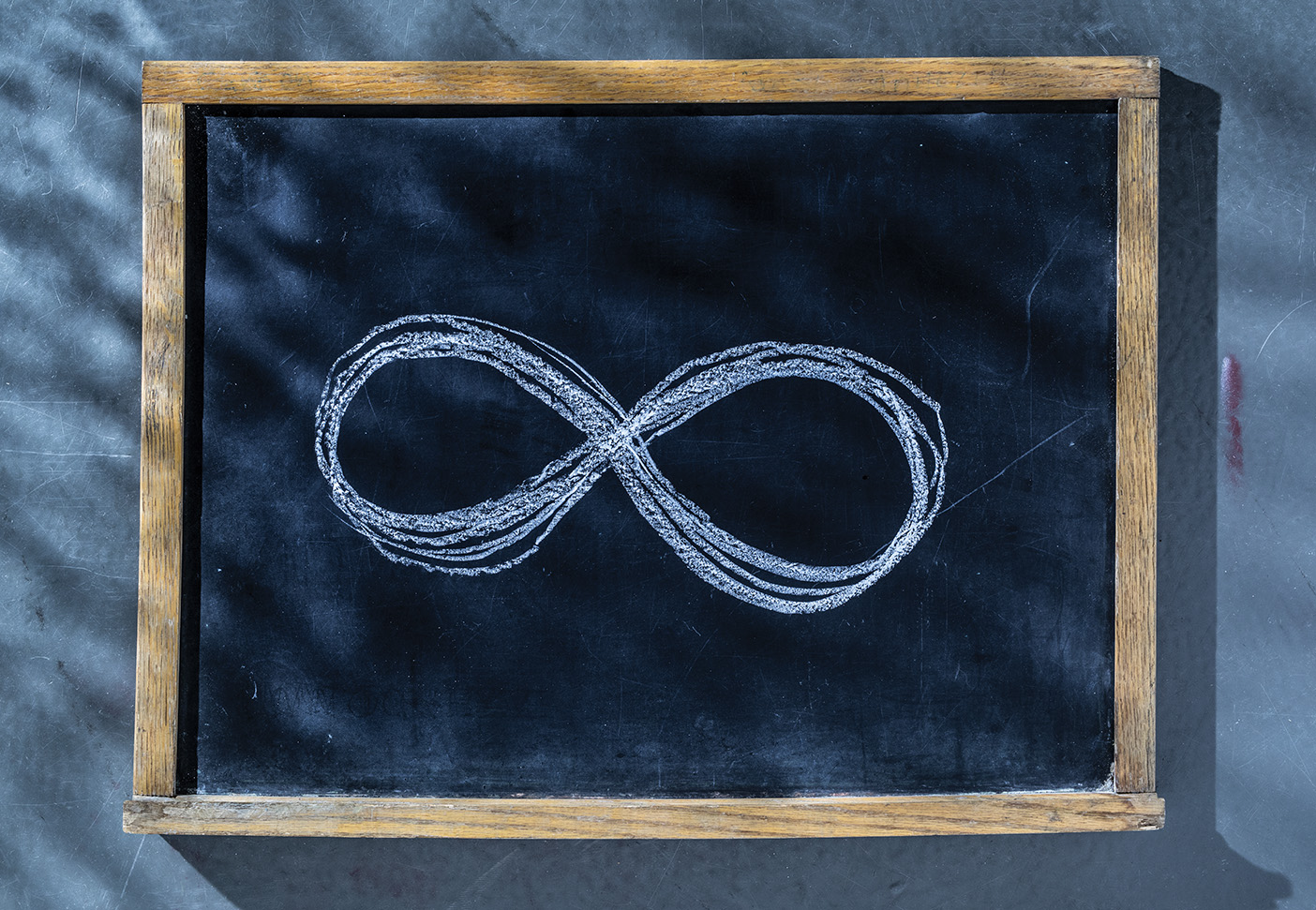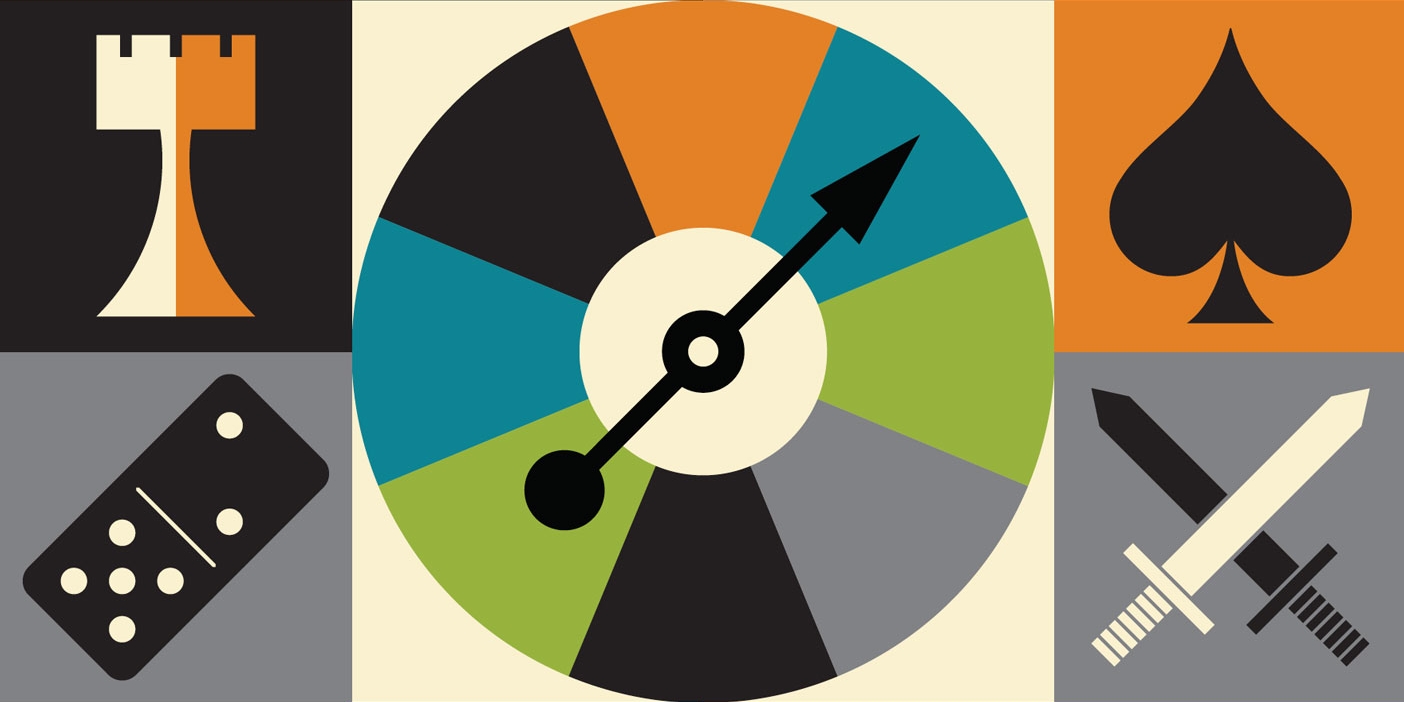Infinity, a great mathematical quandary for over 2,000 years, sheds light on life’s biggest questions.

Mathematicians are all about solutions, but it’s the unanswered questions that keep them coming back to the chalkboard. The most tantalizing unsolved quantity? For many, it’s infinity.
In the History of Philosophy and Mathematics, professor of math education Amy Jeppsen Tanner (BA ’02, MA ’05) tackles the maddening concept—one that philosophers and mathematicians have tried and failed to grasp for millennia.
But infinity is not just a matter for scholars. Ordinary people rub shoulders with infinity every day. From the cybersecurity program on your laptop to the online deposit feature for your bank account, infinity plays an essential part in the computer code that makes our tech gadgets work and remain secure. It’s in our technology, it’s in our science, and for Mormons, it’s even part of our theology of Christ’s infinite love. But what exactly is infinity?
The ancient Greeks “tried to understand the concept of infinity by comparing it to the number of grains of sand in the world—a quantity greater than any other on Earth,” says Tanner. After the Greeks, others tried—and failed—to define infinity mathematically. “It was the great mathematical unicorn,” says Tanner.
For more than 2,000 years, little changed—that is, until Georg Cantor proved in the 1870s that infinity is more than a theoretical concept. Through mathematical proofs, Cantor explored infinity’s occurrence over and over again in the physical world around us. For example, consider how many real numbers there are between 0 and 1. “There’s .01, .001, and so on for infinity,” Tanner explains. Cantor was not the first to realize this, but he was the first to prove there are more real numbers between 0 and 1 than there are natural numbers (1, 2, 3) in total. “It seems impossible to believe at first,” says Tanner, “but this infinity between 0 and 1 was an even greater infinity than anything that had been conceived before. That was groundbreaking.”
“Infinity underpins entire branches of mathematics.” —Amy Tanner
Defying the belief that infinity was a single unknowable, uncountable number, Cantor proved there are multiple infinities. Now, more than 140 years later, “Cantor’s work is widely accepted,” Tanner says. “The mathematics of infinity underpins entire branches of mathematics.”
Though Tanner knows that her students will likely not study the theory of infinity beyond their college courses, she closes her lecture with a kind of infinity that she believes they will depend on every day of their lives—Christ’s infinite Atonement.
In her own life, Tanner’s study of infinity has deepened her understanding of humankind’s relationship with God. “God’s love for us is even greater than anything we can imagine,” she says. “We can’t even come up with the highest infinity,” and if we can’t even identify the bounds of infinite numbers in the universe, how are we to place bounds on Christ’s infinite love for us? The answer: we can’t. But, Tanner says, we can take comfort in the knowledge that “the Atonement is literally infinite and without limit.”












